Satyen K. Bordoloi builds a case for India to develop autonomous vehicle technology to benefit 83 per cent of the world
Two American TV series were popular with kids who grew up in the pre-cable TV 1980s India: Street Hawk and Knight Rider. Both – one a bike, the other a car – involved self-driving vehicles that fought and prevented crime. I remember dad making a joke about why Knight Rider can never be set in India: stuck in traffic they’d reach only after the crime was done.
As self-driving vehicles – from cars, trucks, and drones to ships come alive in the last decade, dad’s joke is a challenge to global autonomous vehicle (AV) makers. General Motors’ Cruise project car can drive hundreds of miles on San Francisco’s pristine streets but will fail within a kilometre on Mumbai’s or Bangalore’s streets. From potholes to vehicles of different sizes, shapes and noises; to unruly pedestrians and loose wires above: the challenges to self-driving vehicles in India are too many to compute right now. America is the heaven for autonomous driving technology; India is the depths of hell.
That is the key reason why news a month ago of India’s first self-driving car test in IIT-Hyderabad is welcome not just for India but the rest of the world: if a self-driving vehicle can succeed on India’s roads, it will work anywhere in the world.
First however is the problem with the news: it wasn’t India’s first AV test. The first seems to have been done by a company called FishEyeBox. The issue is, except for this one video by AutoCar India in 2017, there’s little you can find about their progress since. The company seems to have moved on to other things AI rather than the tricky, and expensive AV domain.
In April 2021 another company Minus Zero did a self-driving test and posted its video on YouTube but has progressed little since. Government of India’s AI portal – IndiaAI – highlights three other start-ups working on self-driving cars Flux Auto, Swaayatt Robots, and Ati Motors
Then there are the old behemoths. Mahindra & Mahindra is using its subsidiary Tech Mahindra to work on the same. Tata has been an early mover with Elxsi.
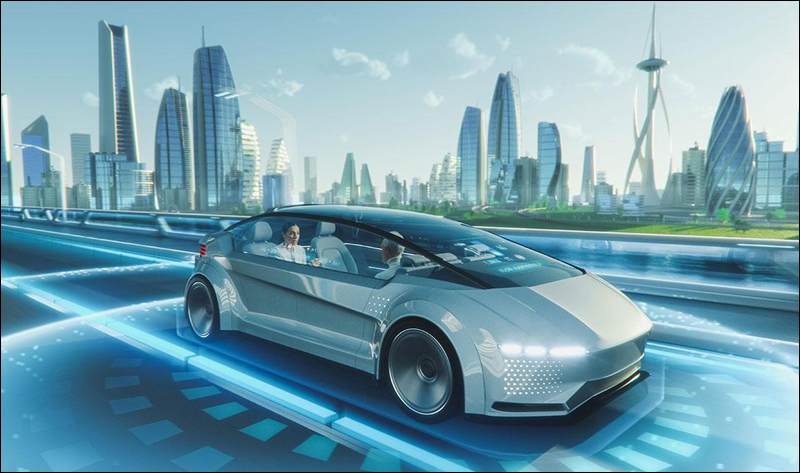
However, the problem is what Maruti Suzuki India’s former Chairman – R C Bhargava said in 2016 about AVs, “I would love to see people try and put that technology to use in the Indian driving conditions. I think no technology will work here when nobody obeys any of the driving rules, nobody obeys any of the systems which are there.”
Bhargava isn’t wrong in his observation. However, one can cite the famous story taught in marketing school about a footwear company sending two salesmen to Africa in the early 20th Century to analyse market potential. Both saw the same thing but deduced the opposite. One wrote, “No one wears footwear in Africa. Market potential zero,” while the other wrote, “No one wears footwear in Africa: potential for exponential expansion.”
When it comes to AVs, India can literally be the leader in the world precisely for the reason that Bhargava thinks it won’t work here: the lack of structure makes autonomous driving tech notoriously hard to crack. But if it is cracked here, it will work anywhere in the world.
The problem is funding. First India’s start-up space is not as evolved as other nations working on AVs. Secondly, the amount of funding required to reach even level 3 of the 6 levels mandated by the Society of Automotive Engineers in the US which is taken as a gold standard, is not easy for a start-up to reach.
But India has everything else going right with regards AVs. India and China are the only two Asian nations with the entire product cycle required to make the autonomous vehicle – chip manufacturing, AI software, coders etc. – available within one border.
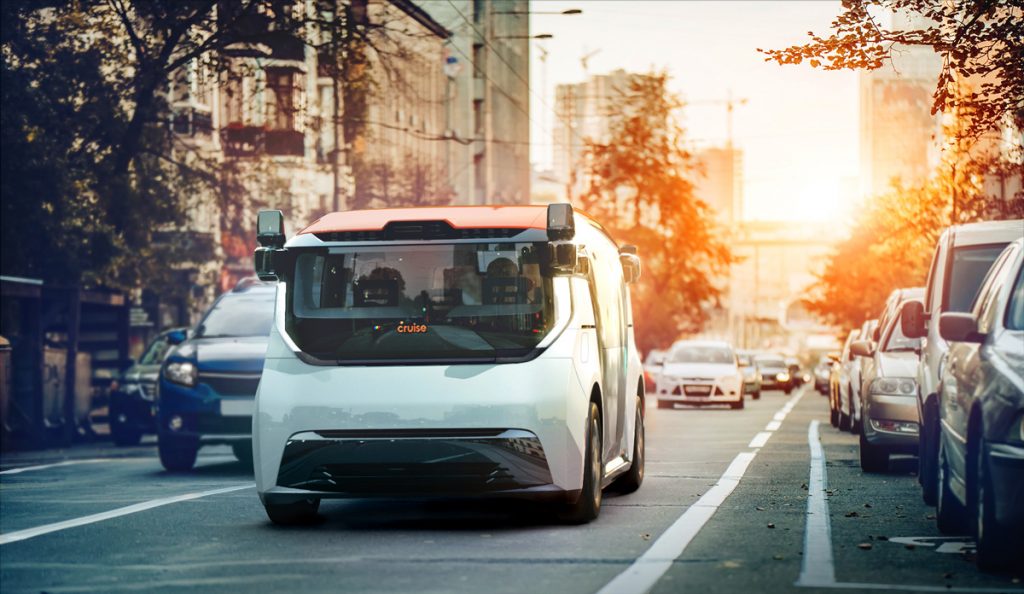
China has already taken giant strides and reached the level where it issued permits for self-driving cars to operate on some of its streets.
India needs to encourage autonomous driving start-ups for another reason. The tech breakthroughs required to make a fully autonomous AI car will help indigenize technologies that will also be useful in multiple other sectors – from warehouse robots to drones and defence equipment. Autonomous AI-driven vehicles in every sector is the future, with AVs on busy roads it’s Holy Grail.
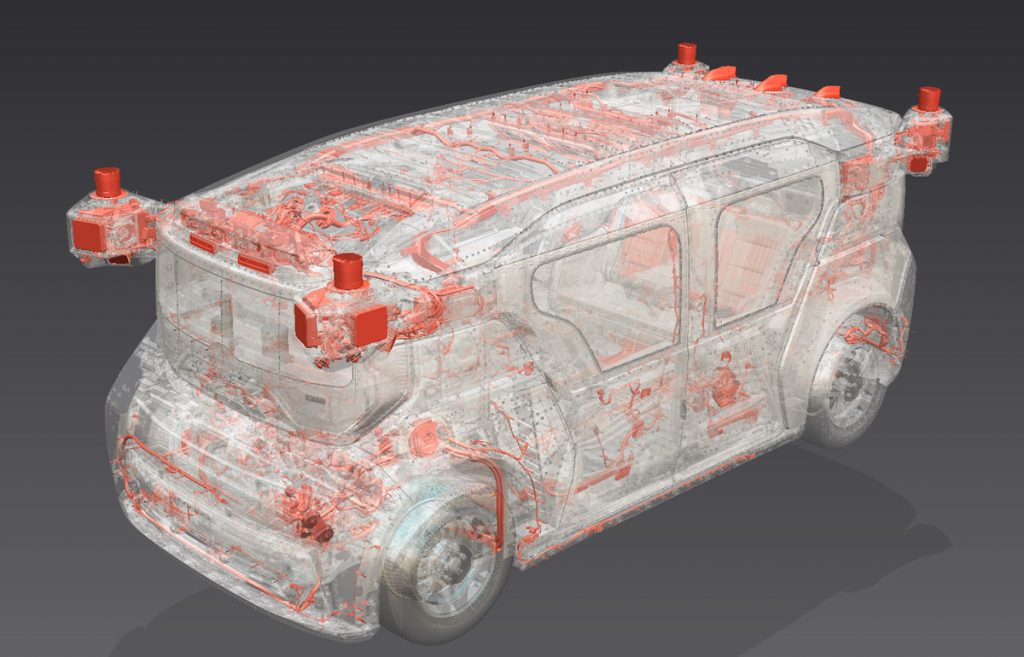
Then there is global market potential. 60% of the world lives in Asia, most of whose roads are like India’s. Africa with 17% of the world’s population has similar driving conditions and so does South America with 6% of the world’s population.
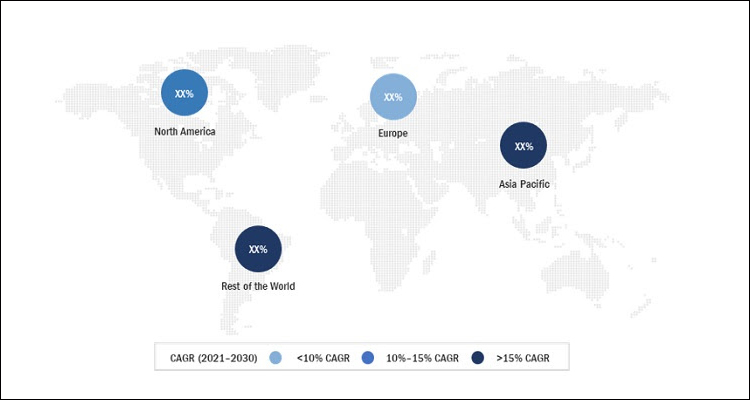
Thus, US AVs won’t really be able to service a good number of the rest 83% of the world with Indian-type road conditions unless they exclusively train their AI’s there. Thus, While North American or European AV companies are mostly building for 17% of the world, it is up to China and India to service the rest of the 83%. China has already taken giant leaps and India must catch up.
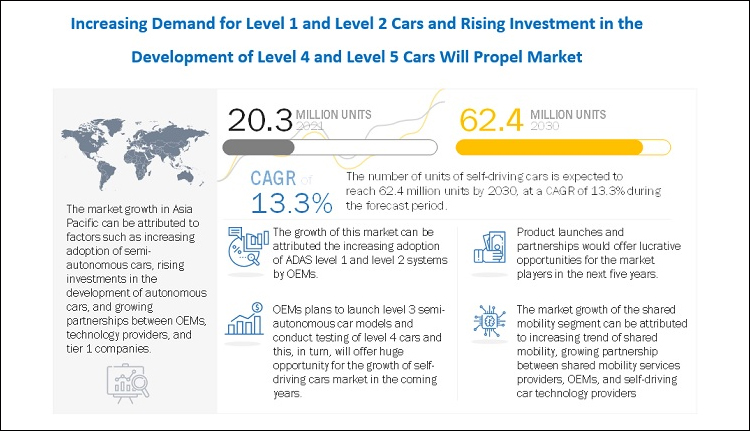
Dad was wrong. They did set the Knight Rider in India and called it Taarzan: The Wonder Car. Except it’s not Artificial Intelligence but the hero’s father’s ghost that makes the car autonomous. One can only hope that businesses and governments in India do not also keep waiting for apparitions to drive our autonomous technology industry.
In case you missed:
- PSEUDO AI: Hilarious Ways Humans Pretend to be AI to Fool You
- AIoT Explained: The Intersection of AI and the Internet of Things
- You’ll Never Guess What’s Inside NVIDIA’s Latest AI Breakthrough
- AI vs. Metaverse & Crypto: Has AI hype lived up to expectations
- Rise of the Robolympics: When R2-D2 Meets Rocky Balboa
- Rise of Generative AI in India: Trends & Opportunities
- Unbelievable: How China’s Outsmarting US Chip Ban to Dominate AI
- Hey Marvel, Just Admit You’re Using AI – We All Are!
- Apple Intelligence – Steve Jobs’ Company Finally Bites the AI Apple
- Meet Manus AI: Your New Digital Butler (don’t ask it to make coffee yet)



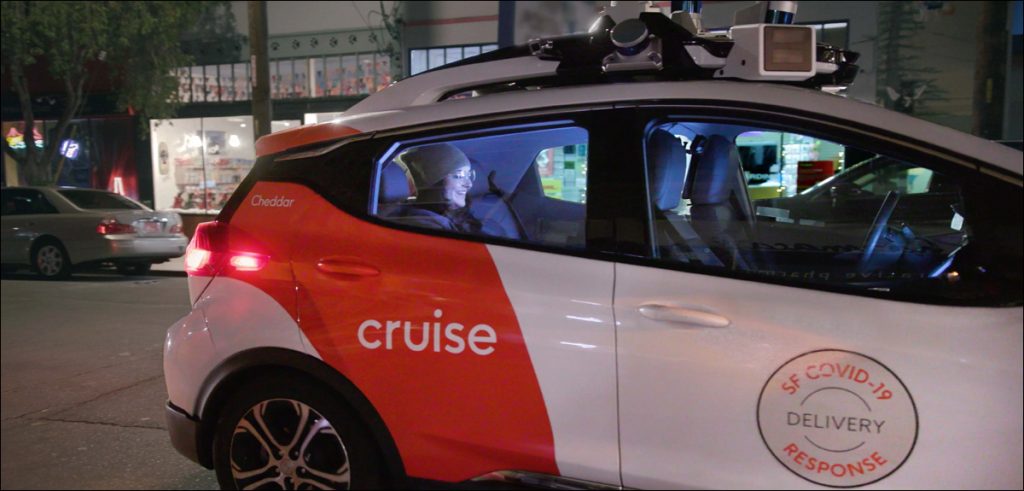






1 Comment
Thank you for sharing the information about an Indian ai automobile revolution means for the world, keep sharing.